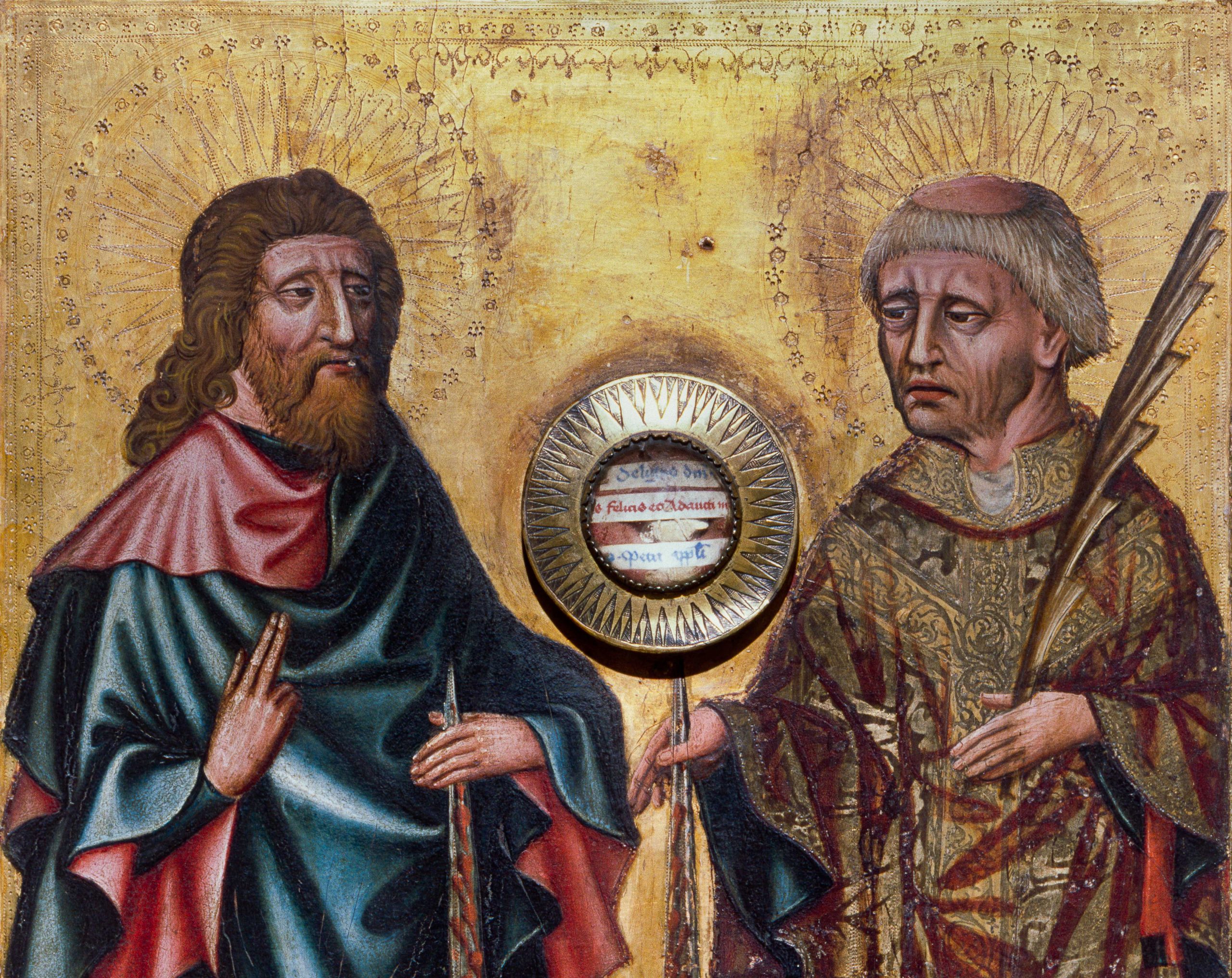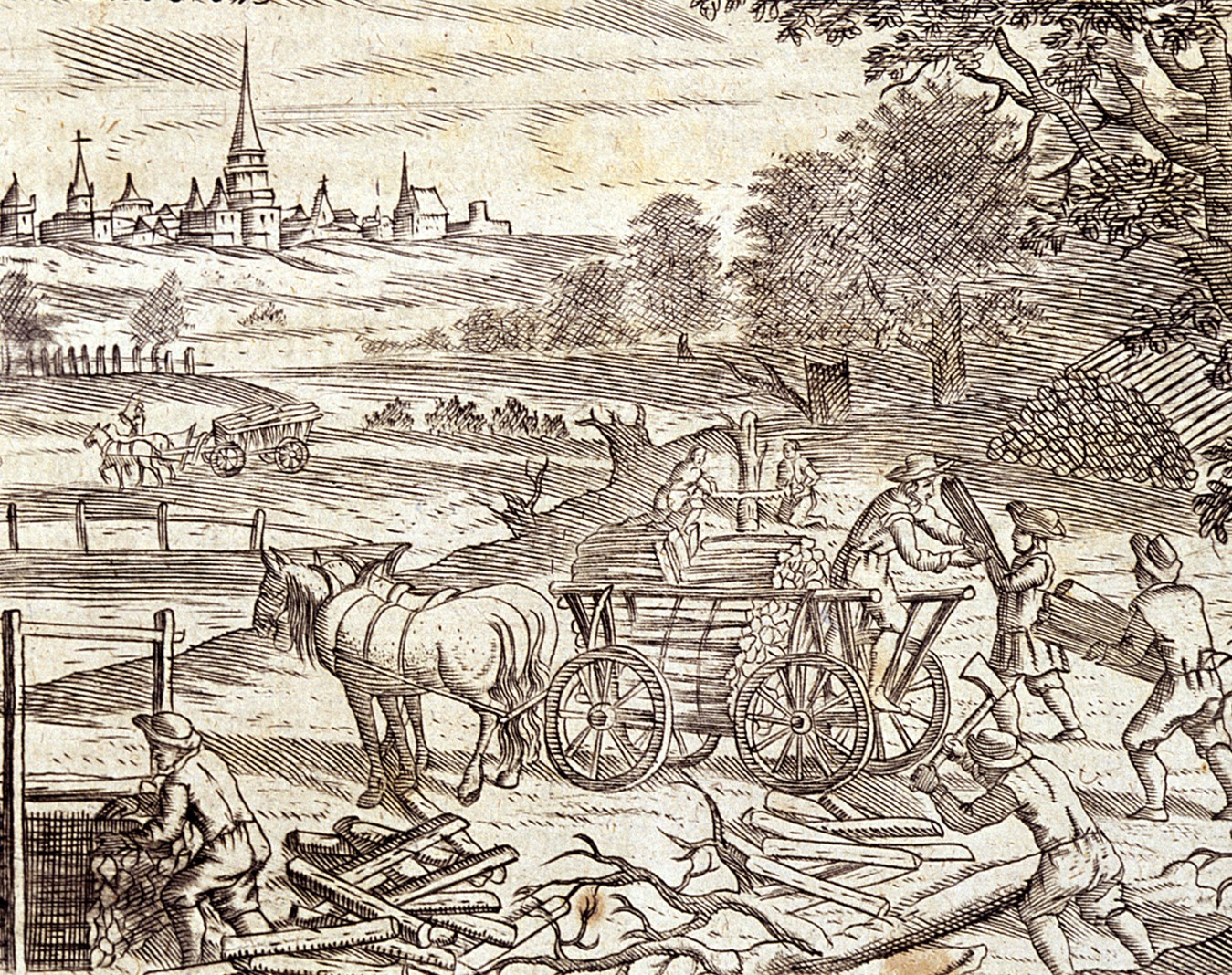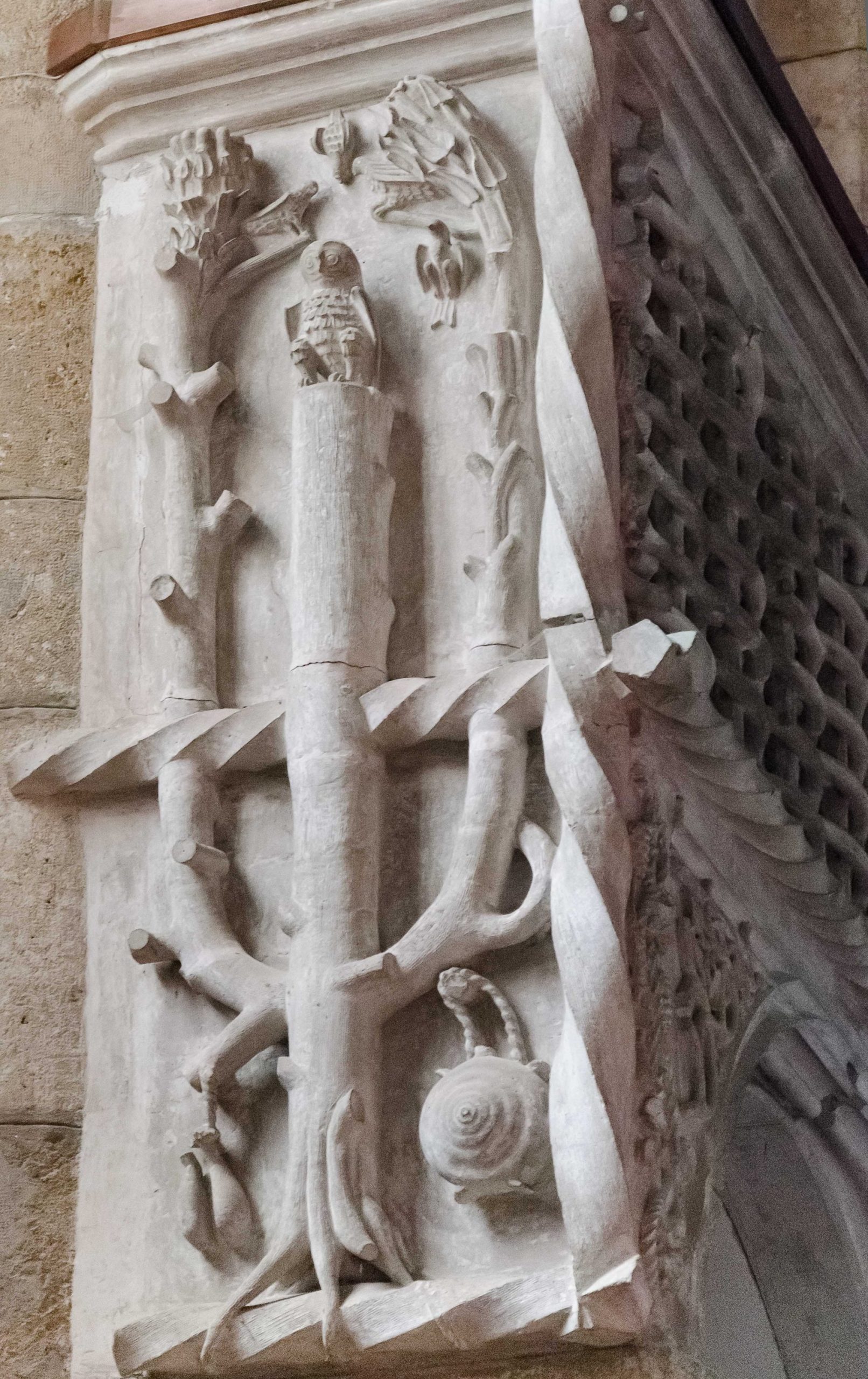
- Home
- Our Research Approaches
- Materialities
The Materialities research approach addresses material culture with an increased focus on materials as matter from which artefacts are made. Different factors influence the handling of materials, namely the material properties that are immediately perceived with the senses, material knowledge passed down (written or orally) and meanings ascribed to materials.

These three factors could be understood as independent of and separate next to each other, but in fact they are intertwined in manifold and complex ways. The physical properties of a material lead to potentials for its use, its processing and the ascription of meanings. Stone, for example, is a hard and relatively lasting material making it suitable as building material. To work on it, different tools are needed than for wood. Due to its hardness, stone is appropriate to become a symbol of solidity, persistence and durability in multifaceted contexts. The ascribed meanings, in turn, influence the concrete way in which stone is handled and affects the decision for or against the use of stone for a specific purpose. It is our aim to collect and analyse interaction in such settings.



Dealing with materials as the basis of medieval and early modern material culture leads to a vast array of possible questions: what role do materials play for the media of the time such as images and texts? How are materials put into scene and displayed in the different media? Why is a certain material chosen for a specific purpose while others are rejected? How and why are different materials interlinked to each other? How does multi-materiality create networks of meaning? When do conflicts arise between the physical material properties and the cultural meanings ascribed to it? When does empirical material knowledge not match “scholarly knowledge” – and when is such a mismatch the reason for an apparent contrariness of a material? We also ask about the effects created by the use of specific materials and the mood and emotions the sensuous perception of specific material properties triggers in people. Starting from this knowledge, we can understand how materials contribute to the forming of “world views” on an emotional level. All these questions emerge from the interest in the relationships, or ties, people and material as well as different materials can establish with each other: the interest in material (i) ties.
